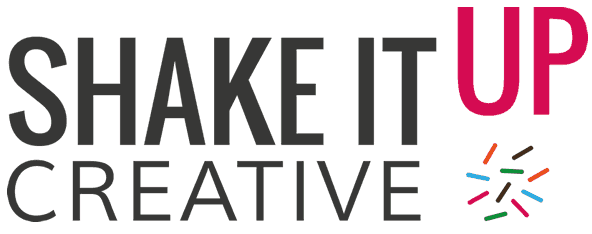
If you’re a WordPress user, you may have already heard about Gutenberg, but might not realise just what it is, exactly. Gutenberg is WordPress’s new content editing experience, named after Johannes Gutenberg, who invented a printing press with movable type more than 500 years ago. “A rebuilt suite for media rich pages and posts” – WordPress. The Gutenberg project is set to change how WordPress users interact with content and many believe that it will go on to influence online publishing as a whole. We’re going to talk you through what the main changes are and how they can benefit your site. We’ll also let you know at the end of the post how we can help you learn more about it for your own particular website.
The main difference between WordPress Gutenberg and the current WordPress editor is that content is built with blocks rather than with text and short codes. This means that the user experience will be very similar to a visual page builder. WordPress have stated that Gutenberg will allow users to experience more flexibility. Previously on WordPress, content lived inside one big HTML file and for every enhancement there had to be something new: short codes, custom post types, embeds, widgets etc. Now, you can build your content precisely, or ‘like you make a LEGO set’ as one beta tester described it, all from one box, following a standardised, straightforward, set of instructions.
The new software will affect business owners who run their own websites or work with agencies to do so. Not to mention plugin authors, theme builders, writers and editors too. It’s currently a standalone plugin for WordPress but will soon be merged into WordPress core with WordPress 5.0. This means that everyone running WordPress, as of version 5.0, will see the post editor replaced with the brand new WordPress Gutenberg editor. It is currently in its beta and testing phase and not ready to run on production sites yet but we have trailed through reviews to find out what the 3 main pros and cons of it are.

The benefits of Gutenberg…
- It is said to provide a less distracting experience with more screen space.
- The new alignment options are a step forward for larger resolution screens and full-width templated and responsive sites.
- It’s easy to use and works well on mobile, making quick edits on the go, straight forward.
One thing we’ve heard that is rumoured to happen is an API made specifically for converting Word, Markdown and Google Docs to native WordPress blocks – this would be such a time saver. Let’s hope it’s true.
Right, on to the cons of Gutenberg…
- It’s going to cause problems for developers. With so many different themes and plugins, backwards compatibility is going to be a huge issue when Gutenberg launches. Out of all the WordPress updates so far, this is most likely going to be one that causes the most work for developers.
- As of now, Gutenberg doesn’t support responsive columns. This is often the only reason people install visual builder plugins or short code plugins so hopefully this gets written into the new suite.
- Some people are worried about the accessibility of Gutenberg. The developer of Yoast (SEO tool), Joost de Valk, was the first to raise this as a concern.
- Be sure to talk to your digital agency or get some professional advice if you build your own sites about how to ensure your current plugins stay active when the update takes place.
You might be wondering if you’re still going to need to use page builders. Well, Gutenberg is definitely going to make it a lot easier for you to style regular content like blog posts or standard pages, but it’s not a 1:1 substitute for page builders in its current form. Gutenberg does aim to eliminate the need for page builders for standard content and it also creates a single unified method for creating more complex post layouts in WordPress. However, when it comes to building more complex pages, like landing pages, the features offered by a page builder will be more beneficial to you than Gutenberg, at least during its initial release.

As this is the biggest change to WordPress in years, you might find it takes a little getting used to. As soon as Gutenberg is released alongside the latest, 5.0 version of WordPress, you may have to manually adjust your content to take full advantage of all that the new features have to offer. Things like short codes, for example, can move to their own blocks. The earlier you start playing around with the changes to the editor, the sooner you can start delivering content in innovative ways. If you want to test the WordPress Gutenberg software out now, you can by downloading the beta version. Remember, however, not to test your live site.
Please get in touch if you’d like to know more or need help with your website and Gutenberg.
Meg Fenn, Director of Shake It Up Creative
